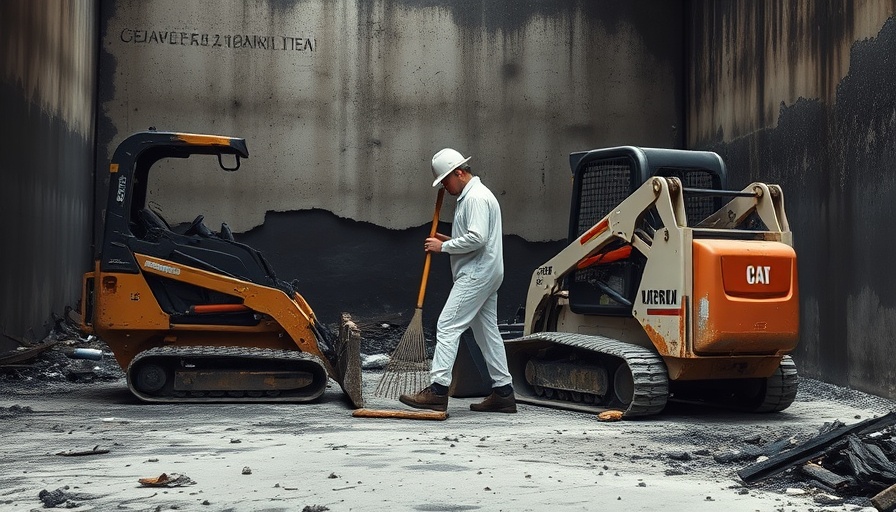
Final Evacuation Order Lifted: What It Means for Pacific Palisades Residents
Nearly six months after the devastating Palisades fire, the Los Angeles Fire Department has officially lifted the final evacuation orders. This crucial milestone allows residents and the general public to return to the area, which had been marked by significant hazards from downed wires and other remnants of the wildfire. According to spokesperson Lyndsey Lantz, the swift efforts by the Army Corps of Engineers to clear wreckage from over 3,200 properties have alleviated many safety concerns that plagued the community.
Understanding the Evacuation and Cleanup Process
For several months, the community saw restricted access, with checkpoints set up to ensure public safety. Now, residents can finally reclaim their neighborhoods. However, authorities are urging caution; potential hazards like the remaining toxic debris still linger in some areas. Authorities recommend wearing N-95 masks to protect against exposure to harmful dust while exploring their properties, a reminder that while the order has been lifted, vigilance remains essential.
Environmental Concerns: The Call for Soil Testing
Despite the lifting of evacuation orders, soil contamination remains a pressing concern. Recent calls from environmental researchers and lawmakers highlight the need for comprehensive soil testing to assess the long-term impact of contaminants like lead and arsenic found in residential areas affected by the fire. While the governor’s office downplays these concerns, it’s crucial for residents to stay informed and cautious about potential hazards in their yards.
Federal and State Responsibilities: Are They Doing Enough?
The refusal by federal disaster agencies to fund soil testing raises questions about accountability and safety in the aftermath of wildfires. Investigative findings published by the Los Angeles Times expose alarming levels of contamination already present, pointing to a significant gap in the protective measures supposed to be in place. Residents must advocate for necessary environmental safeguarding to ensure their homes are safe for return.
Community Resilience in Times of Crisis
As residents return, the community of Pacific Palisades is reminded of its resilience and strength. This fire season has underscored the importance of preparedness and environmental awareness in the face of natural disasters. Local organizations have stepped up efforts to support affected residents through counseling services for mental well-being, workshops on home safety improvements, and community cleaning initiatives.
Reflecting on Recovery and Future Preparedness
Moving forward, it’s vital that the lessons learned from this disaster inform future prevention and recovery strategies. Strong community relationships can lead to proactive measures that minimize risks during wildfire season, including firebreaks, improved vegetation management, and emergency preparedness training.
Conclusion: A Call for Community Engagement
The lifting of the evacuation order marks a significant turning point for Pacific Palisades residents, but it opens the door to broader conversations about safety and environmental health. As residents re-enter their homes, it’s essential to stay engaged with ongoing community dialogues regarding safety measures and environmental stewardship. Your voice matters—advocate for soil testing, participate in local cleanup efforts, and prioritize safety for yourself and your neighbors. Together, we can build a resilient community.
 Add Row
Add Row  Add
Add 



Write A Comment